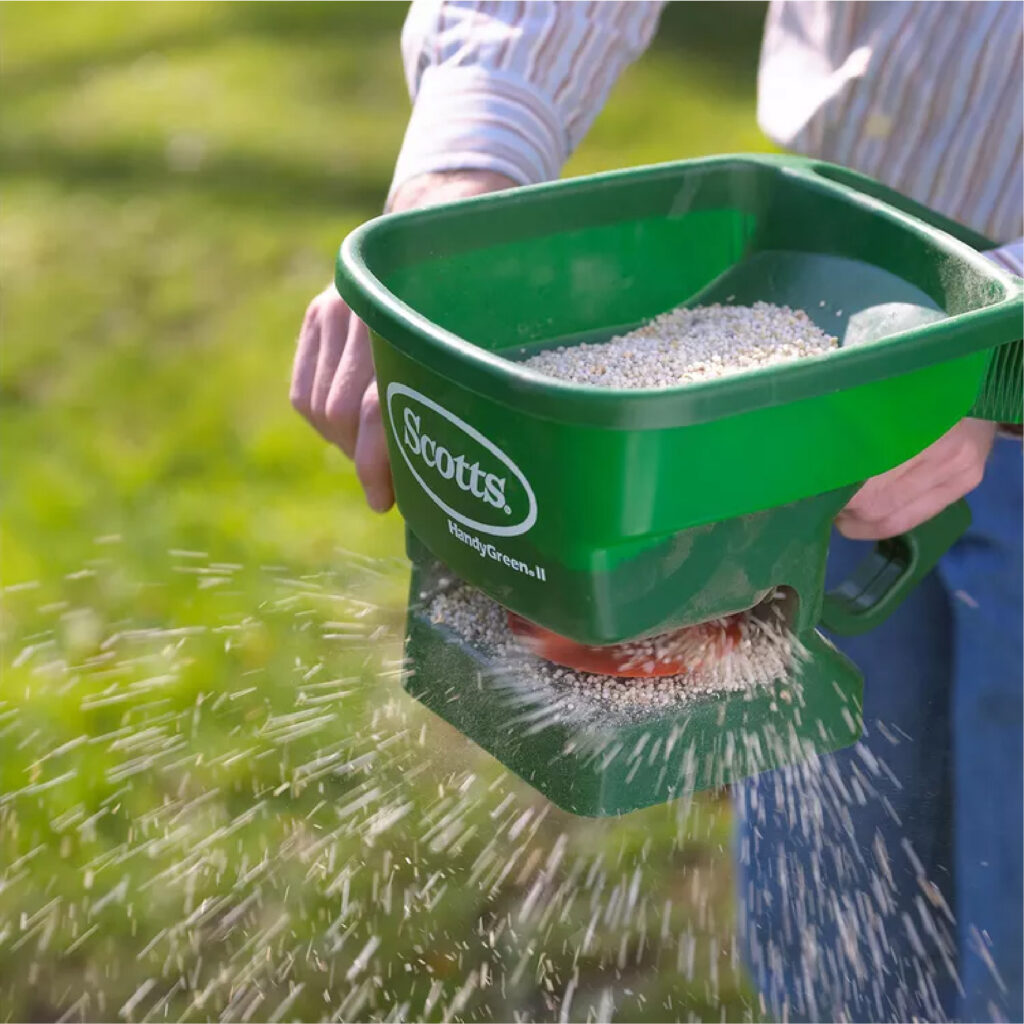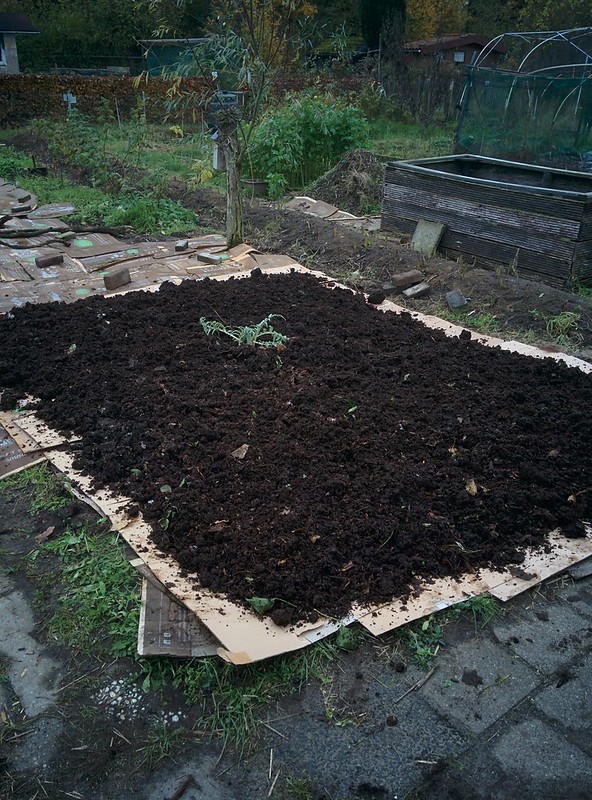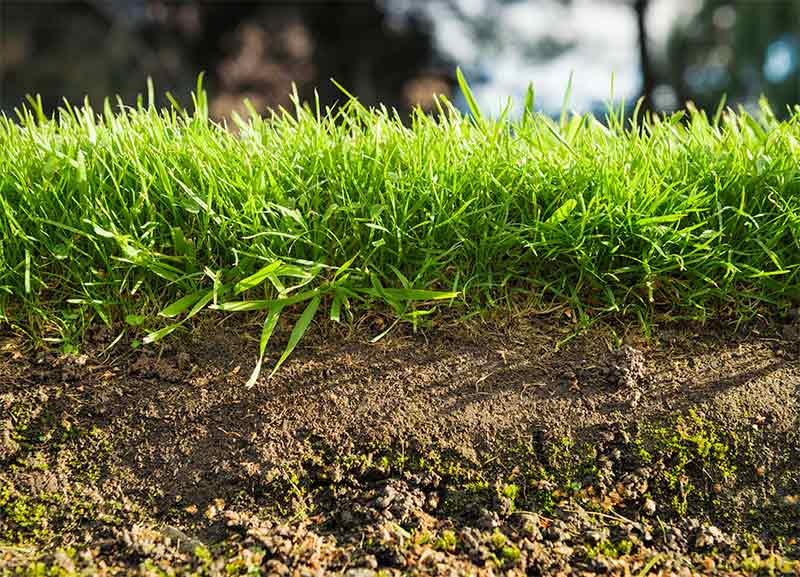Planting grass seed is the process of sowing grass seeds in a designated area to establish a new lawn or improve the existing grass cover. Here are the key steps involved in planting grass seed
Choose the Right Seed:
- Select grass seed that is well-suited to your region’s climate and your specific lawn needs. Consider factors like sun exposure, soil type, and the desired appearance of your lawn.

2. Prepare the Soil:
- Ensure the soil is well-prepared for seeding. Remove debris, rocks, and weeds. Use a rake to level the surface and create a smooth seedbed. Loosen the top 2-3 inches of soil to promote good seed-to-soil contact.
3. Add Amendments (if necessary):
- Based on a soil test, add any necessary soil amendments like compost or fertilizer to improve soil fertility and structure. Follow the recommended application rates.
4. Seed at the Right Time:
- Plant grass seed during the optimal time for your region and grass type. Generally, early fall and spring are ideal for cool-season grasses, while late spring is suitable for warm-season grasses.

5. Choose the Right Spreader:
- Use a broadcast spreader or a handheld spreader to evenly distribute the grass seed. This ensures consistent coverage and helps avoid over-seeding or under-seeding.
6. Seed at the Recommended Rate:
- Follow the recommended seeding rate provided on the grass seed packaging. Over-seeding can lead to competition for resources, while under-seeding may result in patchy growth.
7. Rake and Water In:
- Lightly rake the seeded area to cover the seeds with a thin layer of soil. Water the area immediately after seeding to ensure good seed-soil contact. Keep the soil consistently moist during the germination period.
8. Mulch (Optional):
- Applying a thin layer of straw or other seed-free mulch can help retain soil moisture, prevent erosion, and protect the seeds from birds. Ensure the mulch is light enough to allow seedlings to emerge easily.

9. Fertilize (Optional):
- If not applied during soil preparation, consider a starter fertilizer to provide essential nutrients for seedling growth. Follow the recommended application rates on the fertilizer package.
| Bonus Tips: Keep Foot Traffic Minimal: Avoid walking on the newly seeded area to prevent damage to germinating seeds and young seedlings. Mow at the Right Height: Once the grass reaches the recommended height, mow it to promote healthy growth and density. |
People Also Ask
1. What is best to plant grass seed?
The best grass seed to plant depends on various factors such as climate, soil type, and intended use of the lawn.
Choose a grass variety that is well-suited to your region and matches your specific requirements, whether for shade tolerance, drought resistance, or high traffic.
2. Which seed is used to grow grass?
Grass seeds used to grow grass can vary, and there are different varieties available. Common grass seed types include Kentucky bluegrass, Bermuda grass, fescue, and ryegrass.
The choice of seed depends on factors like climate, soil conditions, and the desired characteristics of the lawn.
3. How to plant grass at home?
To plant grass at home, follow these general steps:
- Prepare the soil by removing debris and leveling the surface.
- Choose the right grass seed for your location and needs.
- Calculate and distribute the seed evenly on the soil.
- Rake the soil lightly to cover the seeds and press down for good seed-to-soil contact.
- Water the seeded area immediately and keep the soil consistently moist during germination.
- Provide ongoing care such as regular watering, fertilization, and mowing.
4. How do you germinate grass seeds?
Germinating grass seeds involves creating favorable conditions for the seeds to sprout. Follow these steps:
- Prepare the soil and distribute the grass seeds evenly.
- Lightly cover the seeds with soil using a rake.
- Press down the soil to ensure good seed-to-soil contact.
- Water the area thoroughly and keep the soil consistently moist.
- Maintain a warm and conducive environment for germination.
- Be patient, as germination times can vary based on the grass species.

